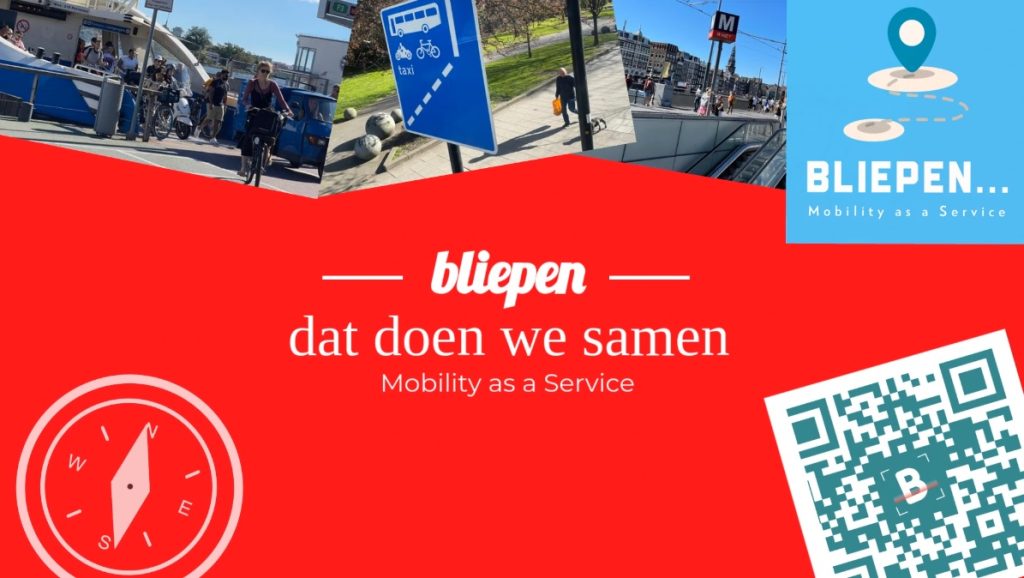Strikes in public transport are currently the order of the day, which causes a lot of inconvenience for travelers. Rail disruptions are another thing, in April there was a major IT failure at the Dutch Railways. Train traffic came to a complete standstill on Sunday 3 April from noon. Due to the malfunction, the planning system did not work and as a result there was no longer an overview of where personnel and trains were located. Initially, it was expected that the disruption would last until 20 p.m., but ultimately due to the enormous impact of the disruption, no trains were running at all that day. The NS says that they have had this malfunction independently investigated by three parties, the Institute for Safety and Crisis Management (COT), Railistics and Bell Labs.
“On April 3, we as NS made a bad turn with our travelers. They had to wait a long time before it became clear how long the disruption would last and in the end they had to arrange transport themselves. That was also extremely frustrating for our colleagues, because there is not a single NS employee who wants to leave the passenger behind. We have therefore apologized to all travelers and our colleagues. We realize that the events have touched our colleagues' hearts. This certainly applies to our colleagues who are in daily contact with travelers, to colleagues on the train and the station, and to the colleagues involved in adjustment. Therefore, it is important that we learn from the April 3 outage to avoid a similar situation in the future.”
Bert Groenewegen, acting president of NS.
The report shows, among other things, that NS is not well prepared for IT failures of this duration and magnitude. This failure was also underestimated and the NS crisis organization was not scaled up quickly enough. The COT confirms that, given the situation that day, stopping train traffic was the only option. According to them, a plan should have been prepared for a minimal alternative travel offer. NS's communication with staff and passengers was also not in order. Railistics confirms that a shuttle plan is possible as a travel alternative, but this will require further elaboration.
The management of NS's IT systems is in the hands of external parties. Bell Labs researchers recommend building in more indicators of failure. They also advise IT colleagues to scale up faster in the event of a failure and to expand scenarios in case IT systems fail. It is also advised to practice more often with the scenario in which a system fails and a switch to another system is necessary. The Dutch railways indicates that it will adopt all recommendations that have emerged from the investigation.



